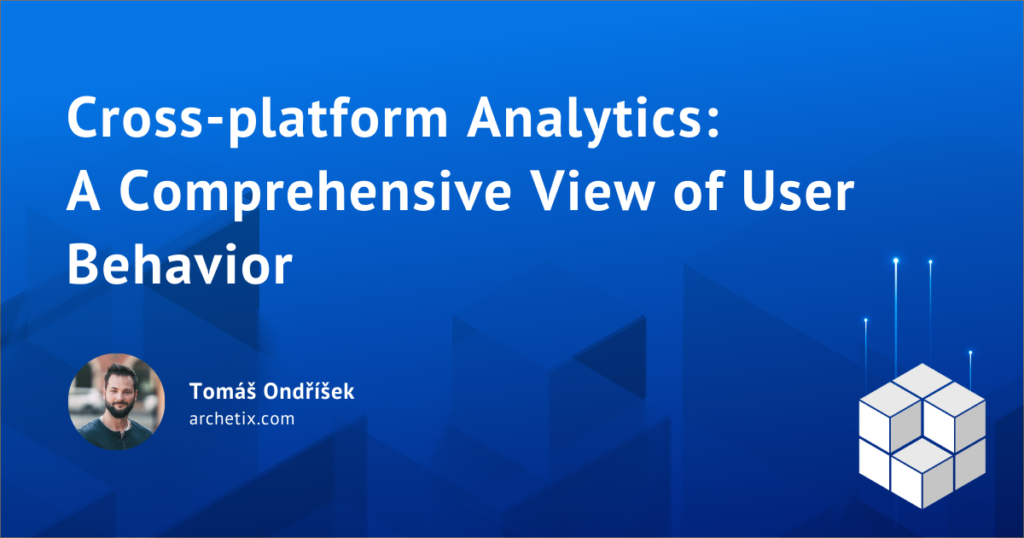In a digital world where users navigate across various online platforms, it is crucial for businesses to understand their users’ behavior. This knowledge enables them to create relevant strategies, target their audience more effectively, and optimize the user experience (UX). To achieve this essential perspective, cross-platform analytics comes into play. They integrate data from various sources, such as websites, social media, and mobile applications. The result? Providing a comprehensive view of user behavior across multiple different channels.
Integrating Data for Comprehensive Analysis
Businesses use tools to track and collect data from various digital channels. These tools gather information about user behavior, such as website visits, social media interactions, and mobile app usage. However, individual channels only provide a partial view of the overall picture.
Cross-platform analysis combines this data into a unified space, allowing websites and e-shops to track the user journey across different platforms. This way companies are opening up the possibility of better understanding how users interact with various channels and what their preferences are.
Interested in this topic? Come meet with us!
Benefits of Cross-platform Analytics
- A Comprehensive View of the Customer: Combining data from various sources enables the creation of a comprehensive customer profile. This allows businesses to better understand their customers’ needs, behavior, and preferences.
- Enhanced Personalization and Targeting: With a better understanding of user behavior across platforms, businesses can personalize their offerings better and target their marketing campaigns based on actual customer preferences.
- Optimization of User Experience: Understanding the user journey across different channels allows for the optimization of the user experience and the removal of barriers that might deter users.
Challenges and the Future of Cross-platform Analytics
Although cross-platform analysis offers many benefits, there are still challenges associated with integrating and interpreting data from various sources. Also, security and privacy protection are key aspects that must be carefully considered when working with this data as well.
In the future, cross-platform analytics tools will most likely become increasingly more sophisticated and capable of better processing and interpreting vast amounts of data. Artificial intelligence and machine learning play an ever-growing role in data analysis, providing businesses with even deeper and more relevant insights into user behavior across platforms.
Conclusion
Cross-platform analysis is a key tool for businesses that want to better understand user behavior across different digital channels. Integrating data from websites, social media, and mobile applications allows for a complete overview. That leads to better targeting, personalization, and optimization of the user experience. In addition, as data analysis technologies grow, cross-platform analytics is expected to play an increasingly important role in the digital environment.

